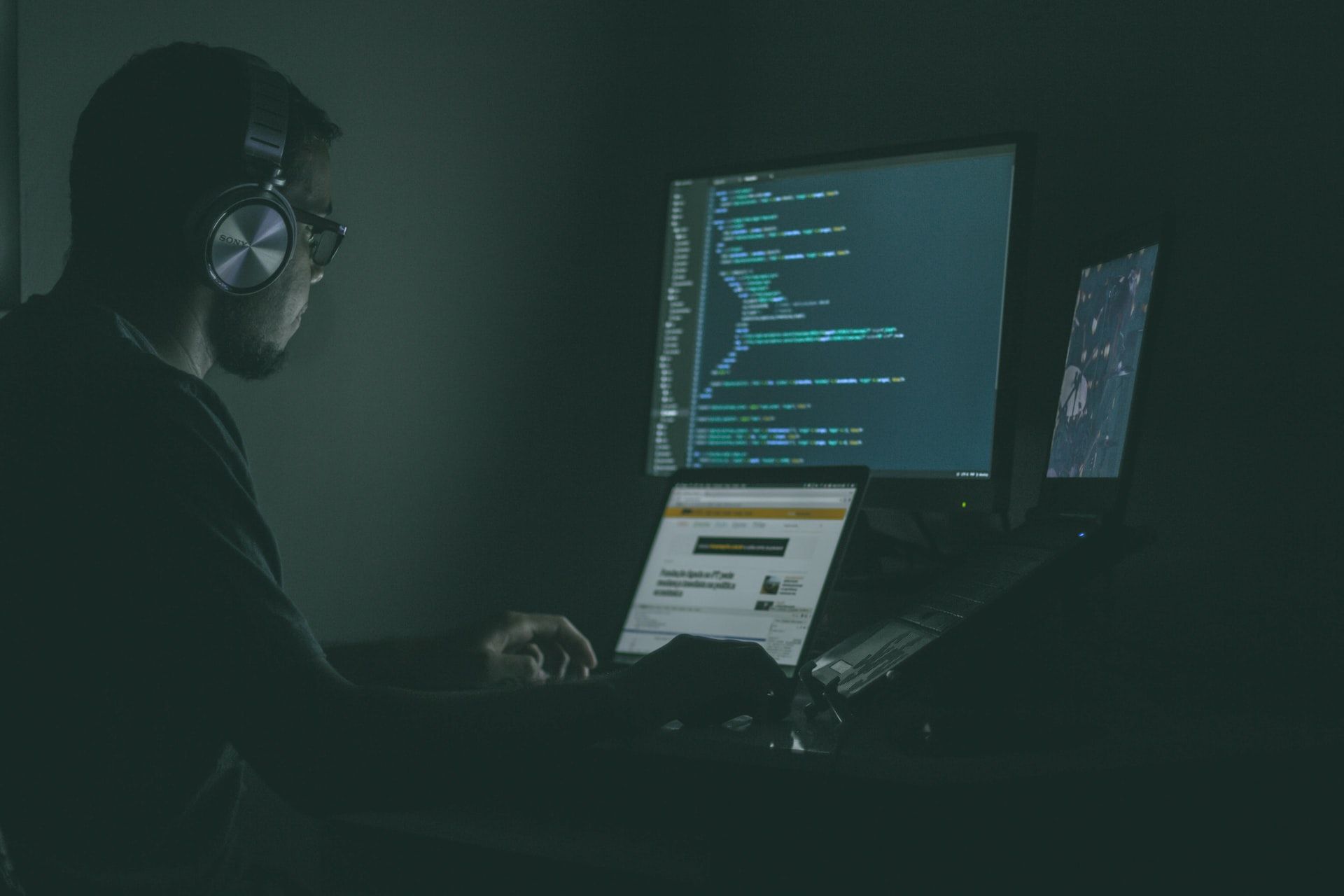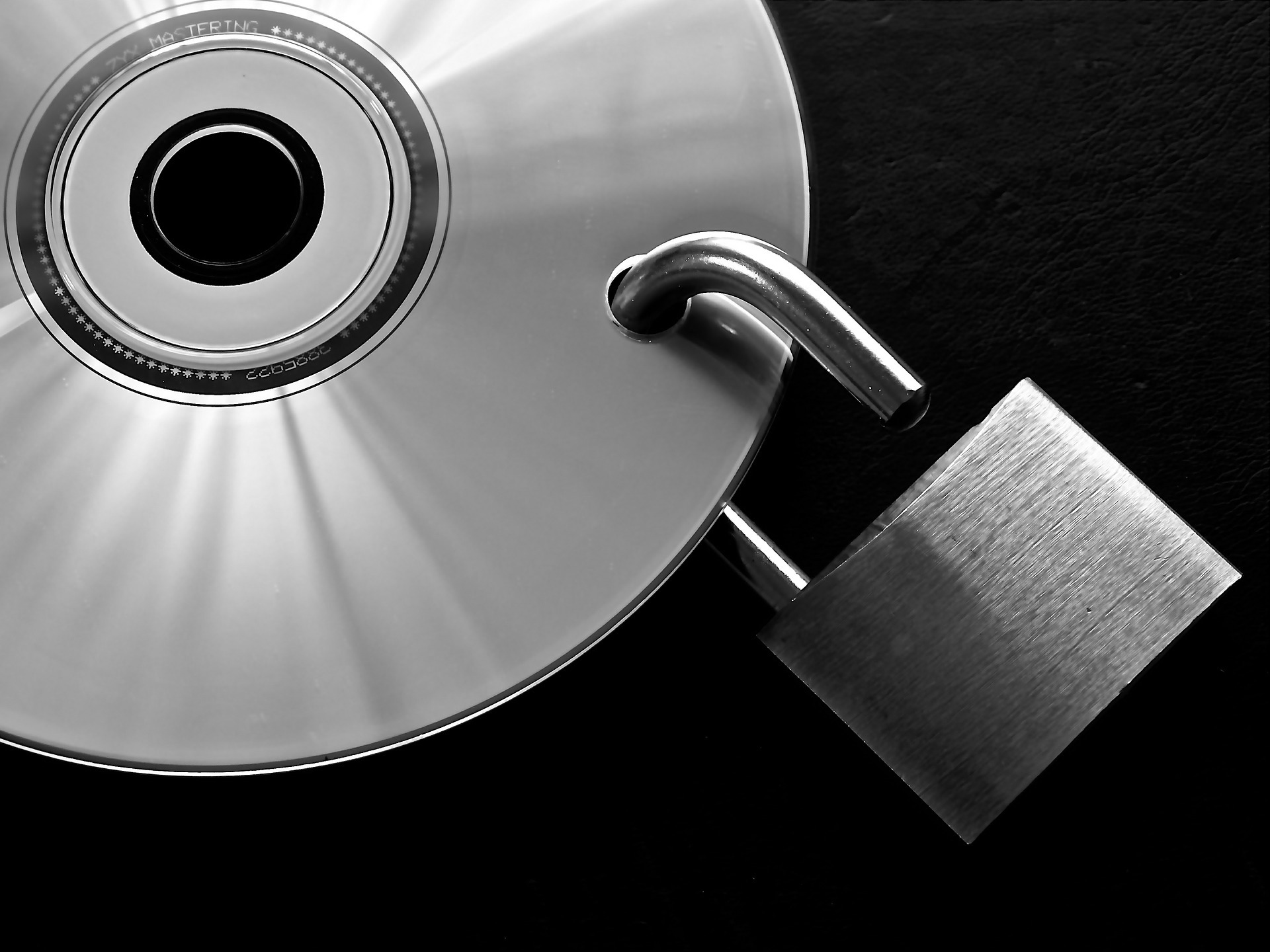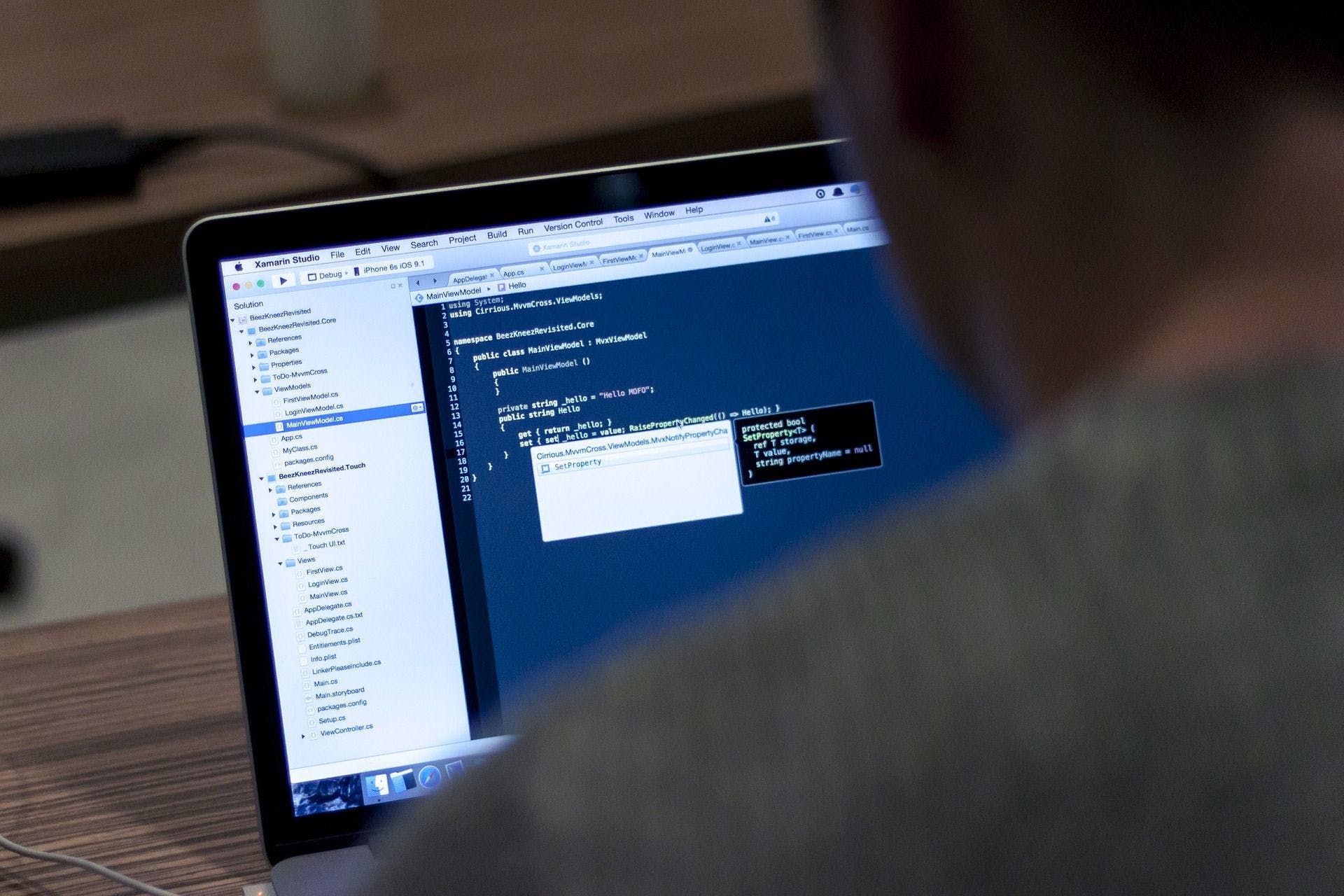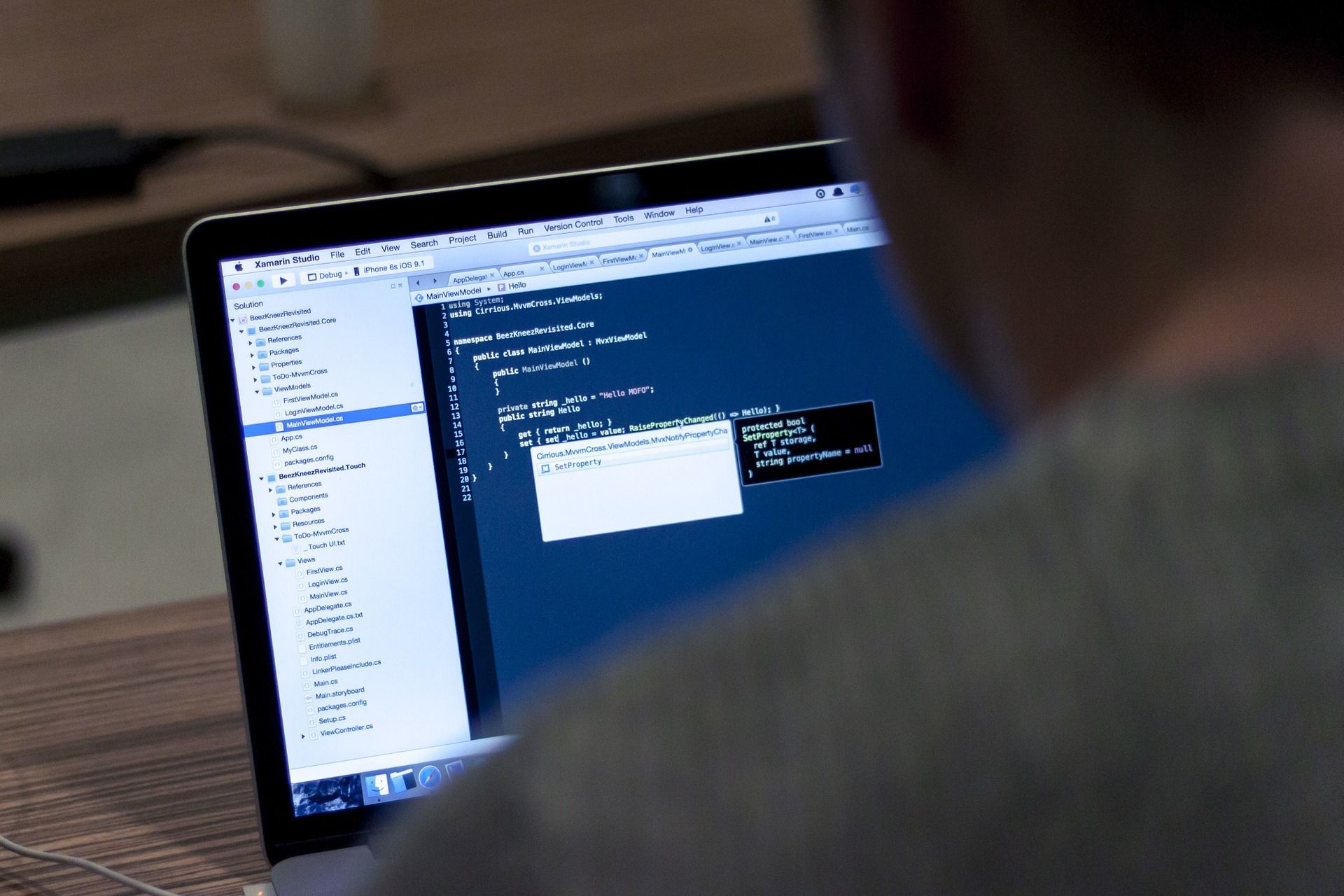
It is always a challenging effort to anticipate the direction data privacy is going. There is an ever-growing need for companies to future-proof data privacy and safeguard sensitive information.
With regulations like the General Data Protection Regulation (GDPR) impacting full force, companies now better protect sensitive data and access consent.
It is almost impossible to predict how networks will handle data in the future. Despite this, businesses should continue to create reliable, available, and secure networks ready to deal with unpredictable data demands.
2020: A Year of Major Cyberattack Waves
With the change to a “new normal,” 2020 became the year of significant cyberattacks as companies struggled to protect their data. Some even referred to it as a “cyber pandemic,” echoing the coronavirus pandemic around us.
There were many breaches and cyberattacks in 2020, as well as ransomware attacks. In fact, 80 percent of firms saw an increase in cyberattacks.
2020 was one of the most significant years in major cyberattacks, even with companies that prided themselves on security. Hackers are always a step ahead of the game. So, you need to be a step ahead of them. This is why you need to future-proof your data security.
Compliance Isn’t Going Anywhere
Companies should not treat enforcement as a security endgame as it does not entirely protect everything. Most companies will have their own compliance forms. This implies that protection standards may vary depending on the industry. For example, the retail sector is not likely to have the same data protection level or compliance as a healthcare organization.
To future-proof data privacy, you need to comply with the appropriate regulations like the GDPR or the California Consumer Privacy Act (CCPA). This is a critical element in ensuring your data is secure. However, you should go a step further and deploy more security measures than the regulations recommend.
Five Ways to Future-Proof Data Privacy
1. Develop an Effective Global Program
Developing an effective global program is a key element in future-proofing your data privacy. An effective global program means that compliance with individual privacy laws is just one element. Compliance is not your program’s total foundation.
Instead, you should build a global program that incorporates a principle-based approach with an idea of where the law is going. Also, consider where you expect your organization and consumers to be in two to five years.
You need to anticipate your consumers’ expectations and the future of your business. Consumer trust and loyalty are critical factors, but you also need to take your entire program to the next level.
2. Privacy and Data Handling Transparency
Over the past couple of years, users have become more aware of the data they share. As such, they demand more transparency from companies about how they use their information.
When it comes to privacy and data handling transparency, know your rights under the GDPR and the CCPA.
Organizations impacted by the CCPA should provide users with a right to understand how they use their personal information. This includes:
- How the organization collects the information
- If the organization will sell it to third-parties
- If the users have the right to delete the data at any given time
3. Establish a Data Governance Program
Establishing a Data Governance program is a useful way to future-proof data privacy. New privacy and security regulations, along with codes of conduct, will be the new way things work. You should build a steering committee with relevant executives from the organization to meet regularly.
Each meeting’s goal should be to break down the artificial silos of privacy, security, and other compliance efforts. During these meetings, you should also ensure that those compliance efforts further the business’s goals — especially data usability.
Once you form your governance group, you need to establish its mandate and identify the issues and goals it will address. Your group should include various individuals with different roles. For example, it could include privacy and security professionals and business members who know how the data will be used.
4. Planned Obsolescence
This is a challenging but important way to future-proof data privacy. When it boils down to the basics, planned obsolescence is a critical way to future-proof data privacy.
With planned obsolescence, you anticipate that your product or service will be obsolete in a few years or even months. This means that you can plan and stay ahead of the market when it comes to data privacy.
5. Build a User Experience That Goes Beyond Compliance
Consumer satisfaction is the total of various consumer interactions with the company, from consumer service to the overall user experience. You need to communicate with your consumer in a user-friendly way. Focus on their concerns, as this is a crucial consumer touchpoint.
This means that you need to break the habit of assuming that the privacy policy is enough. Although it “checks the box,” it misses your business’s goal to be consumer-centric.
The right solution is to build external tools that enhance the company’s privacy and maintain consumer trust. This makes everything easier for the consumer and enables them with the resources that they need.
Meet with your design team to build an omnichannel experience that empowers the consumer with the information they need. After all, research shows that 86 percent of consumers will pay more for a good consumer experience.
In a Nutshell
It takes a village to future-proof data privacy. However, if you follow these five tips, you will be much closer to creating a data privacy program that complies with regulations and is an asset to your company.
Originally published at Dataversity

https://bit.ly/3I7rHkN
https://bit.ly/3DaqDcf
https://guptadeepak.com/content/images/2021/11/AdobeStock_437684077.jpeg
https://guptadeepak.weebly.com/deepak-gupta/five-ways-to-future-proof-your-data-privacy



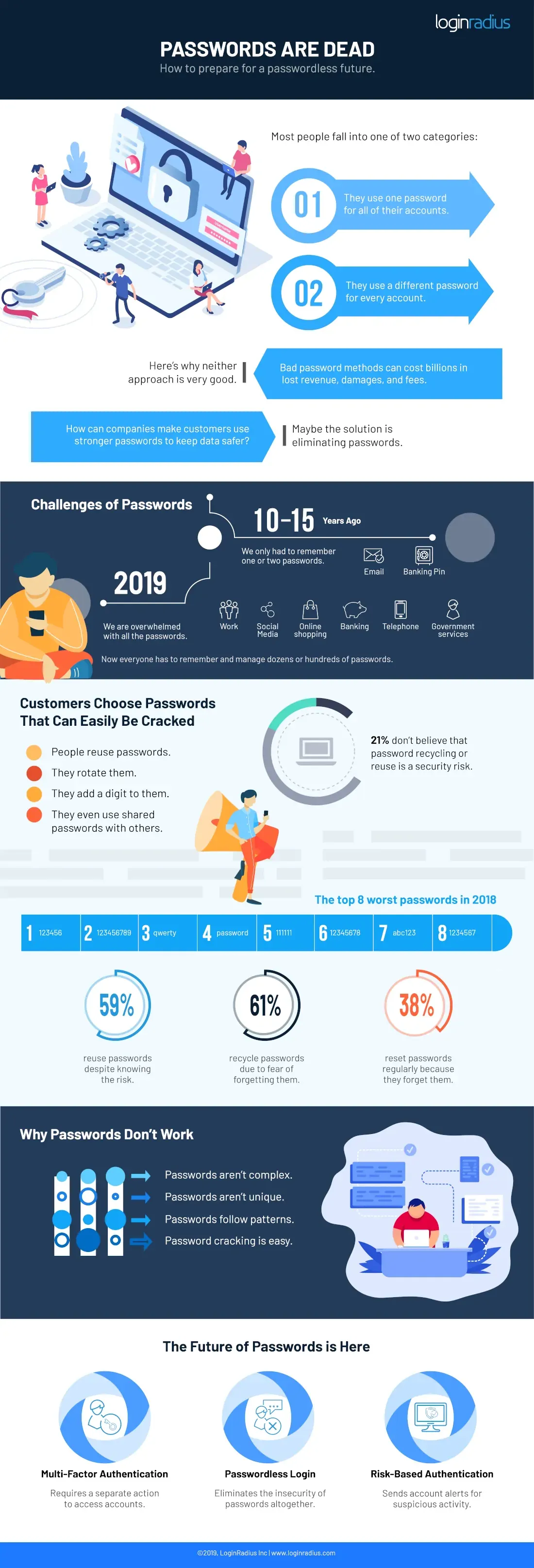



/https%3A%2F%2Fspecials-images.forbesimg.com%2Fimageserve%2F5fca724cd90e0cb5643f2f60%2F0x0.jpg)
